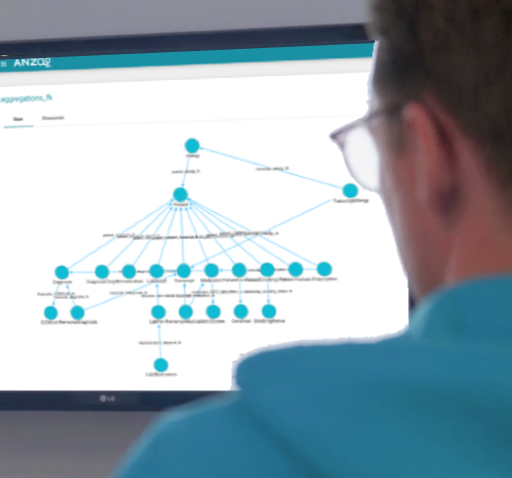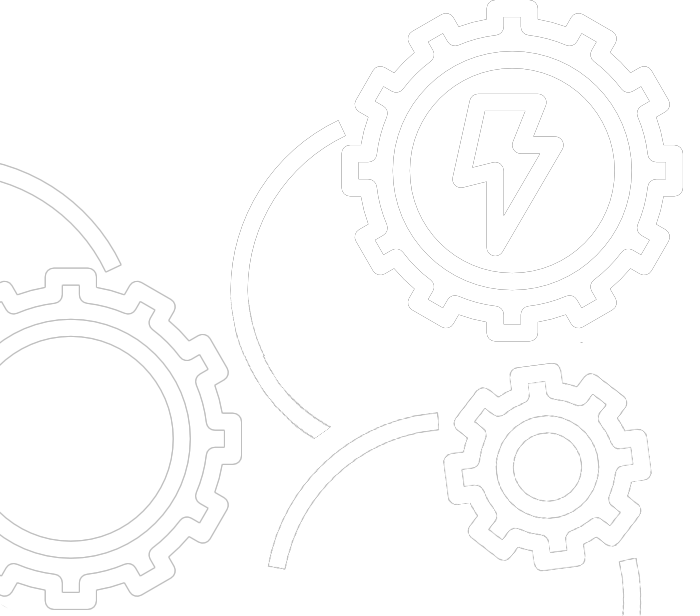Anzo is the most complete scalable knowledge graph platform in the world.
From its hyper agile in-memory MPP graph engine to its point-and-click user experience and open flexible architecture, Anzo transcends the limitations of traditional knowledge graphs and gives you all the capabilities and flexibilities that complex, enterprise-scale solutions need. Combined with Cambridge Semantics’ 80+ team of knowledge graph engineers, architects, and customer success experts, Anzo empowers you to quickly stand up your first knowledge graph while also laying the foundation for future expansion to add support for new domains, data sources, users, and use cases.







